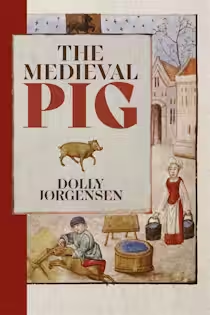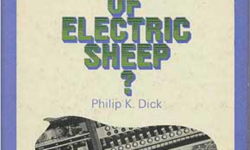Sharing Spaces

Sharing Spaces: Technology, Mediation, and Human-Animal Relationships Edited By Finn Arne Jorgensen, Dolly Jorgensen (University of Pittsburgh Press, 2024) Human and animal lives intersect, whether through direct physical contact or by inhabiting the same space at a different time. Environmental humanities scholars have begun investigating these relationships through the emerging…




